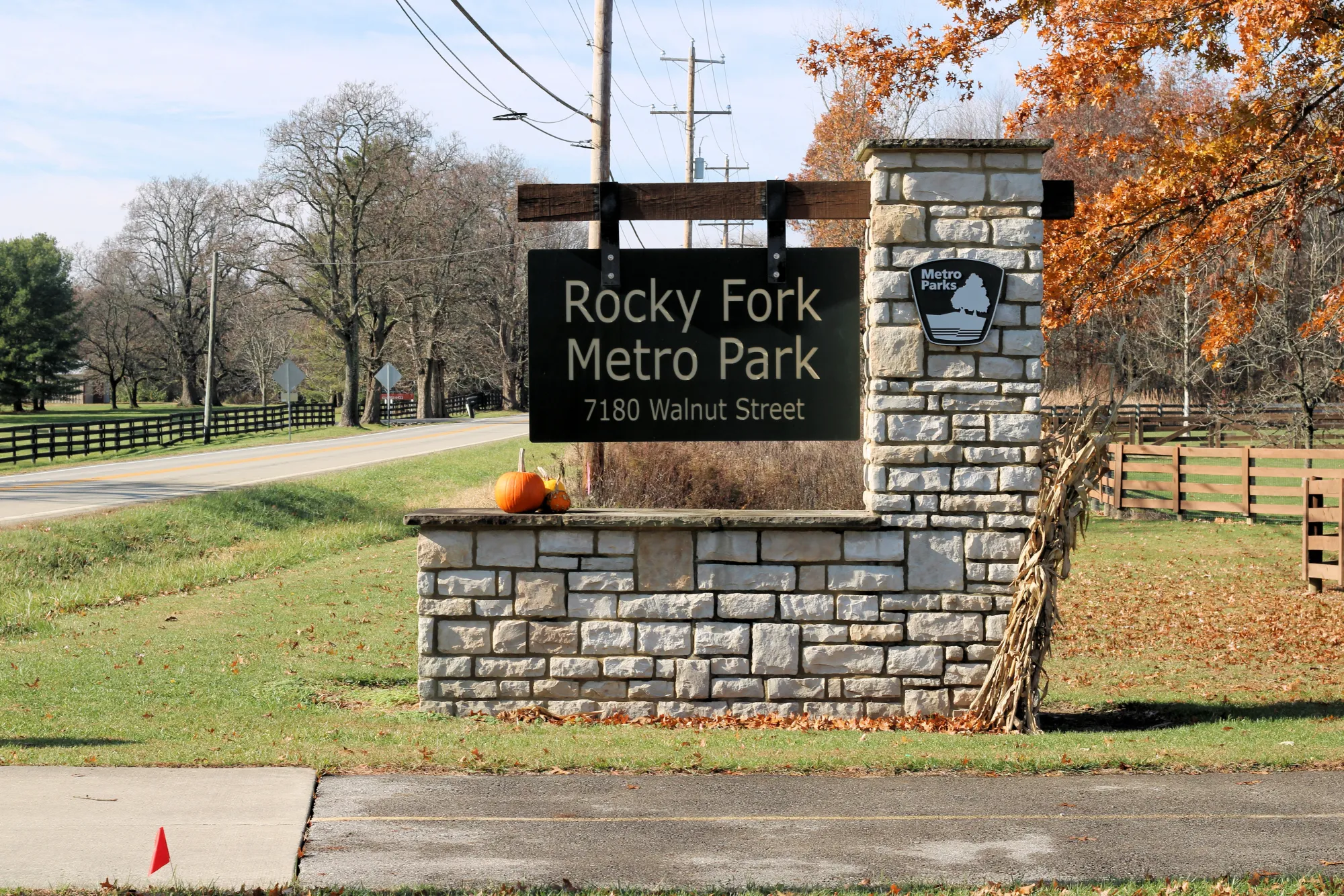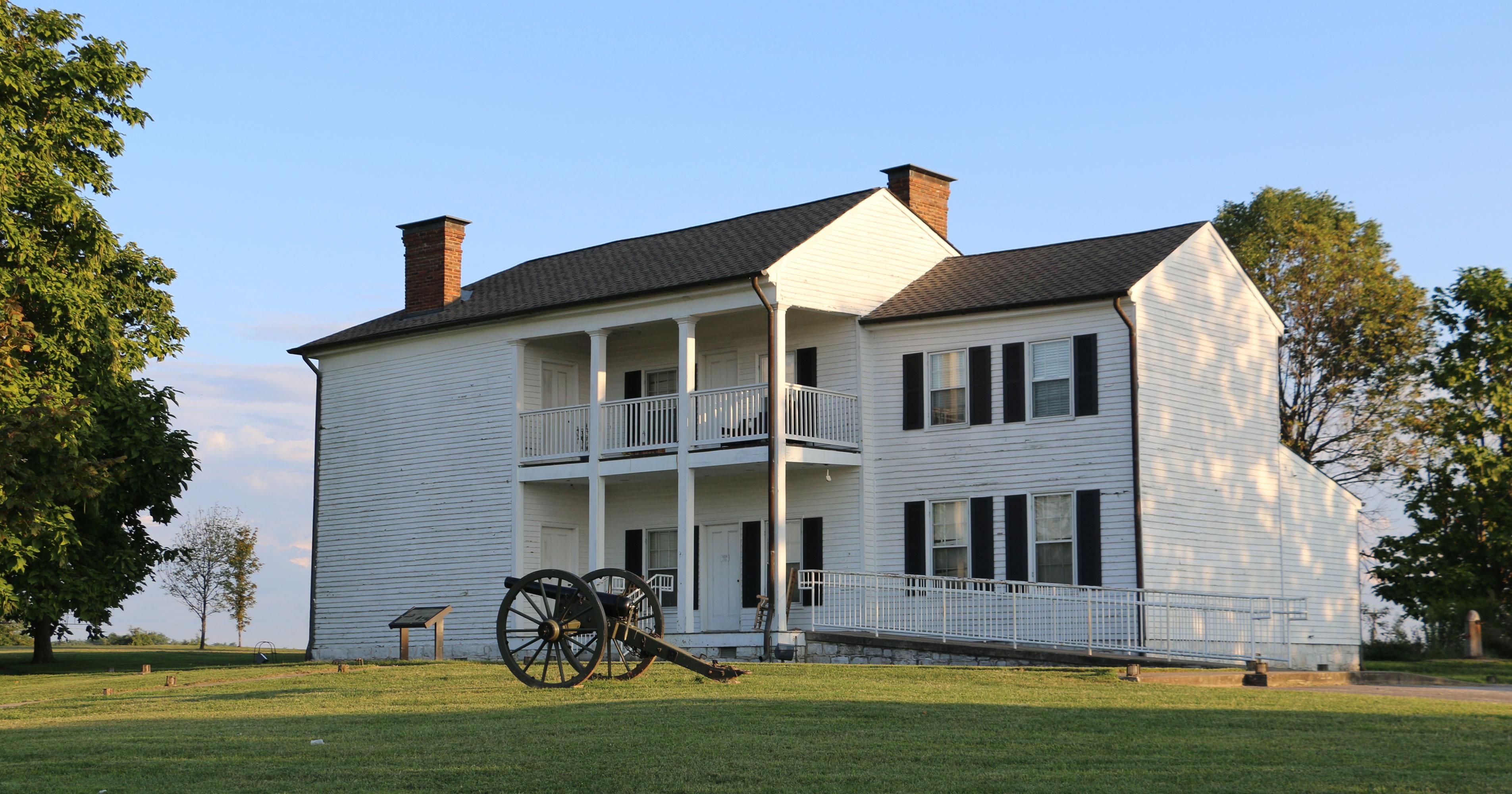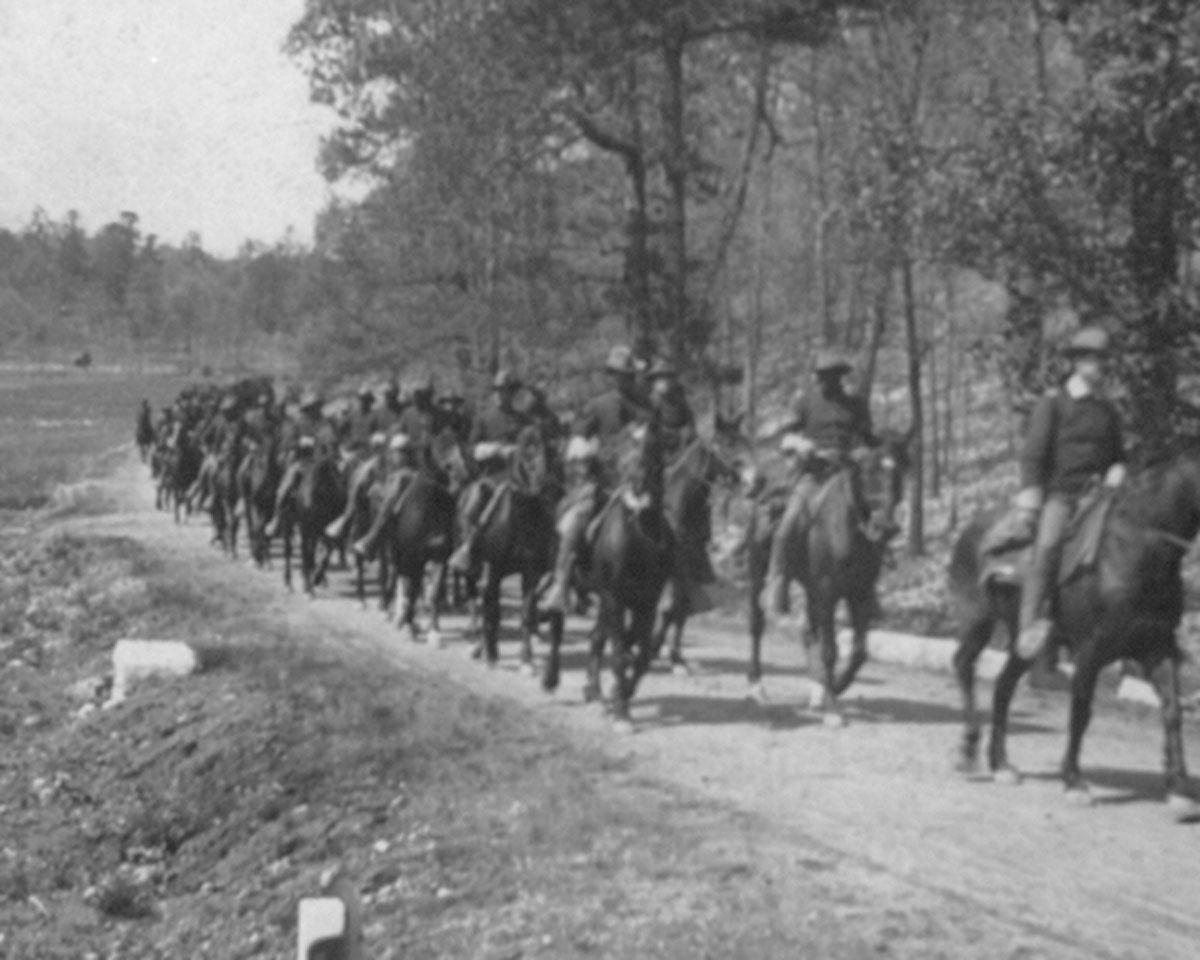
Charles Young Buffalo Soldiers National Monument
Trail Map
Click the map to enable zoom.
Elevation Profile

Charles Young Buffalo Soldiers
Experience the Rich Military History at Ohio's Charles Young Buffalo Soldiers National Monument.
The Charles Young Buffalo Soldiers National Monument is located at:
1120 U.S. Route 42 E
Wilberforce, OH 45384
There is no fee for entry.
As you wander through the park, you feel a sense of reverence for the man it was named after - Charles Young. Despite facing immense racism and inequality, Young persevered and rose through the military ranks to become a highly respected leader. His dedication to duty and unwavering commitment to his beliefs is truly commendable and something that continues to inspire visitors to this park.
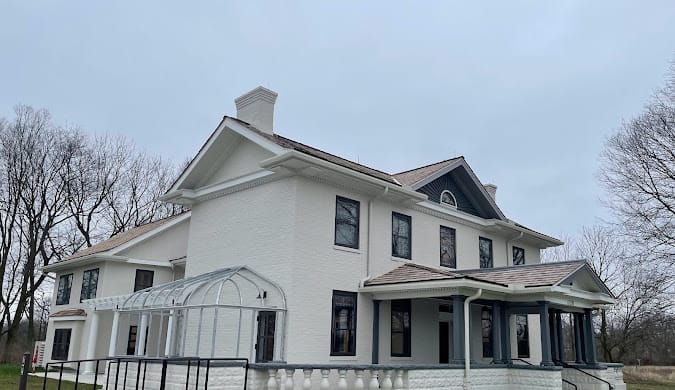
History
This park is a testament to the resilience and dedication of African American soldiers who served in the United States Army during the Civil War.
Charles Young was born into slavery in Kentucky in 1832. Despite his difficult circumstances, Young was determined to succeed and pursue his dreams of becoming a soldier. He enlisted in the Union Army in 1861 at the age of 29 and quickly proved himself to be a skilled and dedicated soldier.
Young served in a number of key battles during the Civil War, including the Battle of Fort Wagner and the Battle of Chancellorsville. He was also involved in the Reconstruction period, helping to rebuild the South after the war.
Despite his many accomplishments, Young faced significant discrimination and challenges throughout his military career. He was repeatedly passed over for promotion and assigned to lower-ranking positions simply because of his race. But Young refused to let these obstacles deter him from achieving his goals.
In 1877, Young was promoted to the rank of colonel and became the first African American to command a regiment of Buffalo Soldiers. The Buffalo Soldiers were a group of African American soldiers who were recruited in the West and trained to fight in Indian Territory. They were known for their bravery, discipline, and skill in combat.
Under Young's command, the Buffalo Soldiers proved themselves to be some of the most effective soldiers in the army. They were deployed to a number of conflicts, including the Spanish-American War and the Philippine-American War.
Young's leadership and dedication to his troops earned him the respect and admiration of his superiors. He was promoted to the rank of brigadier general in 1901 and became the first African American to hold that position.
In addition to his military career, Young was also a prominent civil rights leader. He was a founding member of the National Association for the Advancement of Colored People (NAACP) and was a vocal advocate for racial equality.
Youngsholm
Early in his career in 1894, Charles Young received a detached service assignment as an instructor of military science and tactics at Wilberforce University. He developed the curriculum and served as a role model for the young men in the program. In 1907, the Young's purchased a large house about a mile from the campus which he later named "Youngsholm." The house was built in 1839 and was once used as a stop on the Underground Railroad. Young's residence quickly became the social hub for friends, university colleagues and even strangers alike. Frequent and notable visitors from around the area often visited the house. Although his military career took him across the globe, Young considered "Youngsholm" his sanctuary where he raised a family, mentored a successive generation of leaders, and found intellectual refuge. Even after his untimely death, "Youngsholm" would remain in the Young family for over another half century.
Young died while serving in Lagos, Nigeria, on January 8, 1922. His remains were returned to the United States in 1923, and Colonel Charles Young became only the fourth soldier to be honored with a funeral service at the Arlington Amphitheatre before burial in Arlington Cemetery.
Young's legacy is still felt today. The Charles Young Buffalo Soldiers National Monument is a testament to his bravery and dedication to his country. The park is located in West Point, New York, where Young attended the United States Military Academy. The monument features a statue of Young, a museum, and a visitors center that tells the story of the Buffalo Soldiers and their contributions to American history.
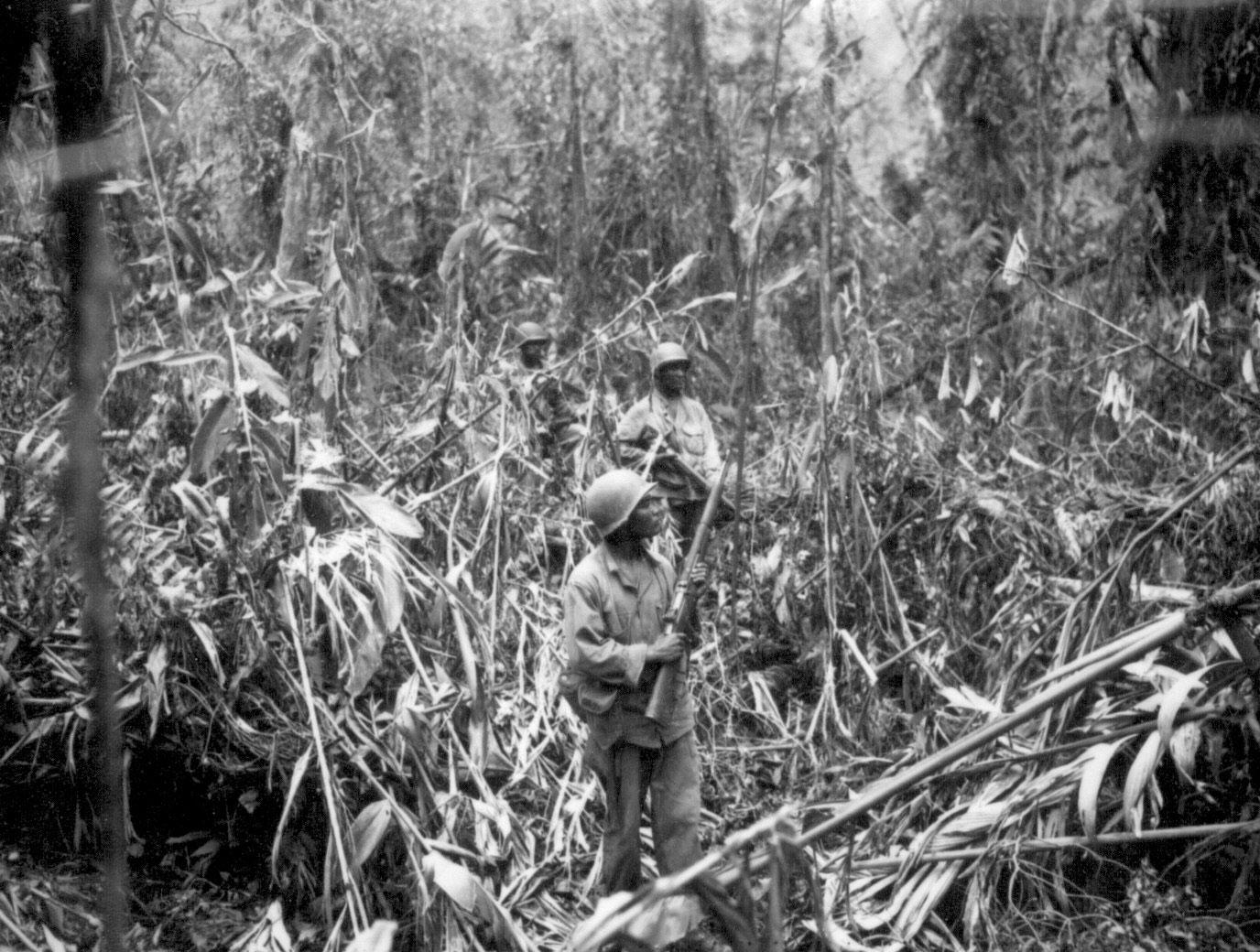
Trails
The monument features several trails that offer visitors opportunities to explore the surrounding area and learn about the history of the Buffalo Soldiers. While I don't have the exact lengths of each trail, here are some details about the monument's trails:
- Colonel Charles Young Homestead Trail: This trail leads visitors to the restored home of Colonel Charles Young, the third African American to graduate from the prestigious United States Military Academy at West Point and the first to achieve the rank of colonel. The homestead trail provides insights into Young's life and legacy.
- Buffalo Soldiers Memorial Loop Trail: This loop trail showcases various points of interest related to the Buffalo Soldiers, including interpretive signs and monuments. Visitors can learn about the challenges and triumphs faced by these courageous soldiers during their service.
- Forest Loop Trail: This trail takes visitors through the wooded area surrounding the monument, providing opportunities for nature walks and birdwatching. While not directly related to the Buffalo Soldiers, it offers a peaceful retreat into nature.
- Educational Trails: The monument also features educational trails with interpretive signage detailing the history of the Buffalo Soldiers, their contributions to American history, and their impact on the Wilberforce community.
Overall, these trails offer visitors a chance to engage with the history and natural beauty of the area while honoring the legacy of Colonel Charles Young and the Buffalo Soldiers. For specific trail lengths and additional details, it's best to contact the monument directly or visit their website for updated information.
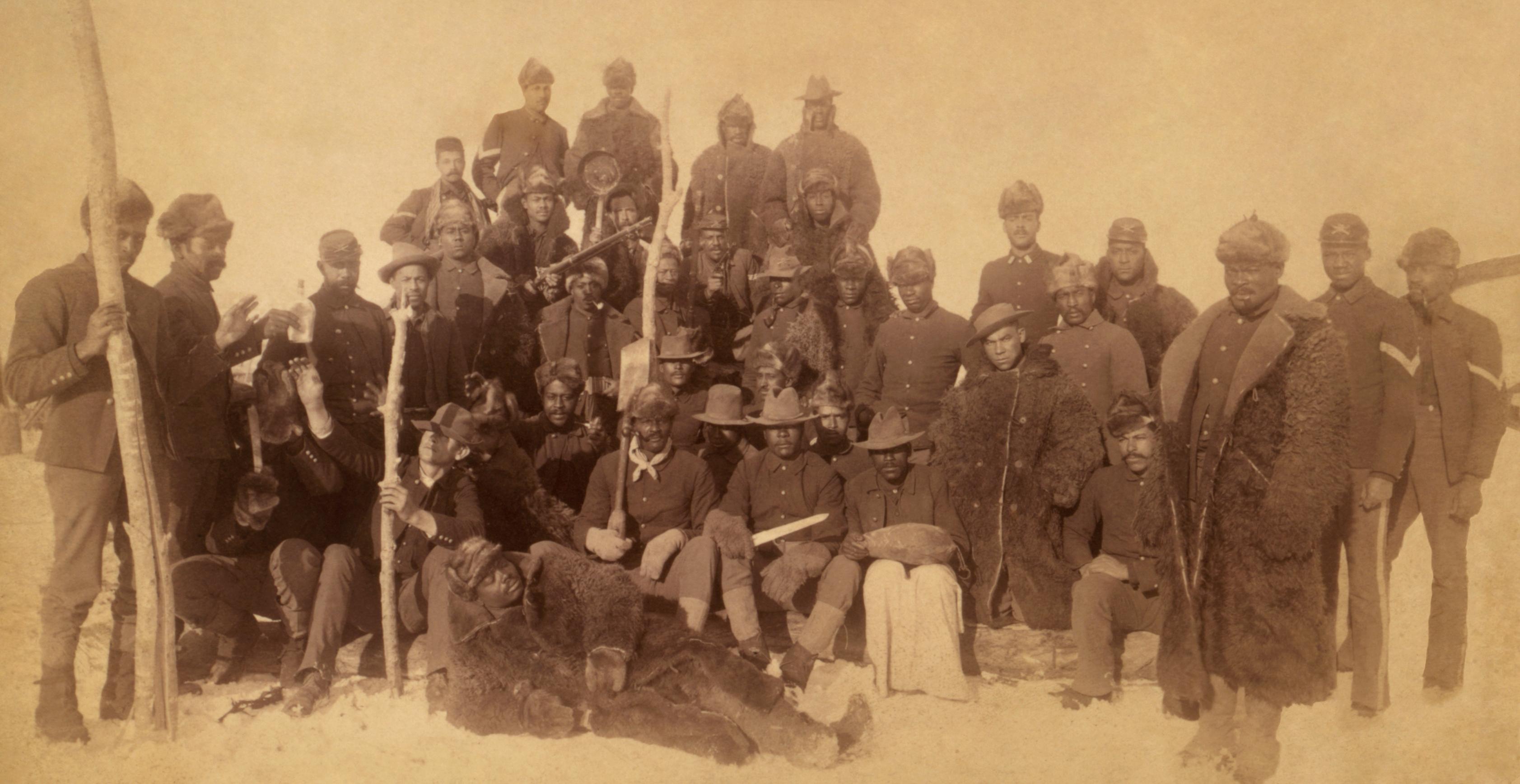
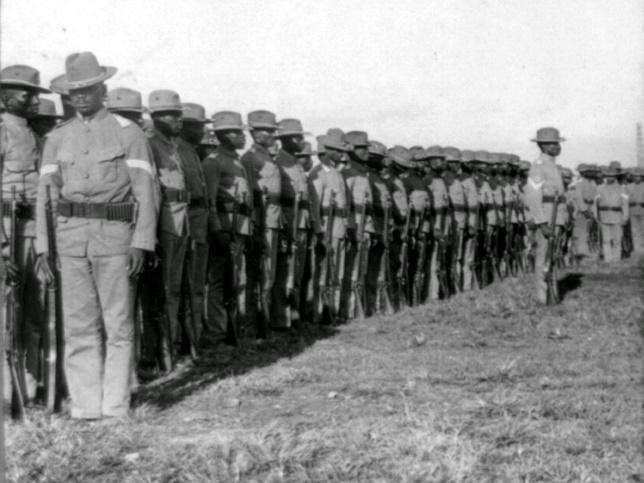
Conclusion
The story of Charles Young Buffalo Soldiers National Monument is a remarkable testament to the resilience and dedication of African American soldiers who served in the United States Army during the Civil War. Charles Young overcame countless obstacles and discrimination to become one of the most respected leaders of his time. His legacy continues to inspire us today, and his memory will always be honored at this park.
If you have something you would like to submit to have posted on this website, such as a blog submission or a new hiking trail you think we should check out, please contact us.
